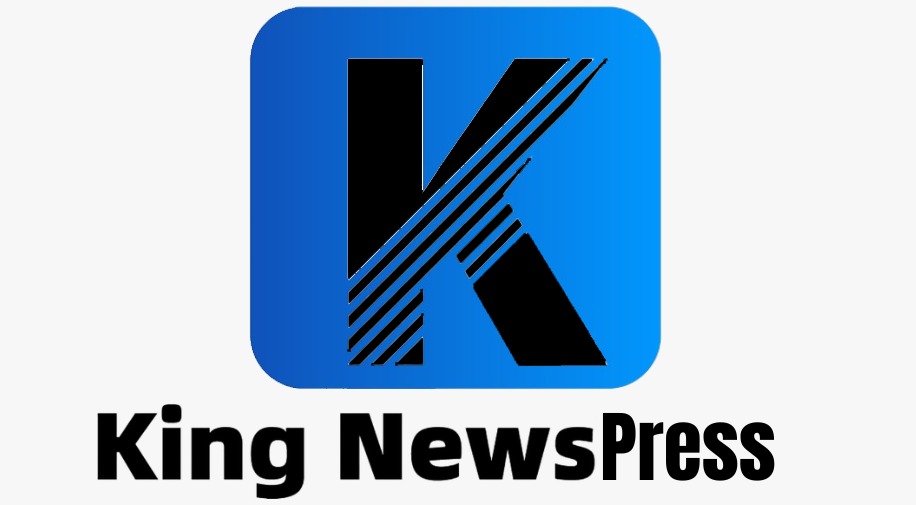How to Reduce Bank Fees Mayfields Three-Category Self-Assessment Guide
Mayfield’s three-category guide helps users reduce bank fees by analyzing their accounts, negotiating with banks, and choosing better plans. Through self-assessment tools and scripts, families, students, and entrepreneurs can save hundreds annually, protect their income, and strengthen long-term financial stability.
Denver, Colorado, United States, 22nd Oct 2025 – IMCWire – Bank fees may seem small at first, but over time they drain household budgets, student accounts, and small-business cash flow.
Mayfield teaches that financial education isn’t only about saving and planning — it’s also about protecting your income from unnecessary costs.
With a structured self-assessment guide, anyone can analyze their banking habits, identify avoidable charges, and take concrete action to reduce them.
Understanding the Three Main Categories of Fees
Most bank fees fall into three key categories: account maintenance fees, transfer fees, and overdraft fees.
Mayfield’s approach is to evaluate each separately, then apply targeted solutions.
1. Account Maintenance Fees
These are monthly or annual charges simply for keeping an account open. Many customers pay them without benefiting from the bundled services they supposedly cover.
Mayfield encourages users to review their statements carefully and compare them with competitors’ offers — often, a no-fee or low-fee account better fits real needs.
2. Transfer Fees
Money transfers — between accounts, to family, or abroad — can incur hidden costs.
Students studying overseas and small businesses paying suppliers often face steep fees.
Mayfield advises analyzing your transfer patterns: domestic vs. international, frequency, and amounts. Then, choose banks or digital platforms offering cheaper or free transfers for your most common transactions.
3. Overdraft Fees
Negative balances trigger high penalties that can quickly add up.
Mayfield stresses monitoring balances and setting automatic alerts to prevent overdrafts.
Linking your account to an emergency fund or backup savings can provide automatic protection.
Many banks now offer no-overdraft-fee accounts upon request — worth asking for.
Choosing the Right Banking Plan for Your Needs
Not all accounts suit every profile.
Mayfield’s guide highlights tailoring your plan to your real usage:
Families: joint accounts with unlimited internal transfers and low bill-payment fees.
Students: no maintenance fees and low-cost international transfers.
Freelancers or self-employed workers: higher transaction limits without penalties.
Tracking your typical monthly activity — withdrawals, deposits, transfers — helps identify the most cost-effective plan.
Mayfield even provides templates for logging activity, which become valuable tools during negotiations or when switching accounts.

Negotiation Scripts to Lower Your Bank Fees
Many people don’t realize bank fees can be negotiated.
Mayfield offers ready-to-use scripts to help reduce or eliminate certain costs:
Waiving maintenance fees:
“Hello, I’ve been a loyal customer for several years, but I’ve noticed recurring maintenance charges. Since my balance is stable and I regularly use your services, could you consider removing these fees?”
Reducing overdraft penalties:
“I understand my account was overdrawn last month, but I’ve already set up alerts to prevent this in the future. Could you please waive these fees as a one-time courtesy?”
Lowering transfer costs:
“I send money abroad frequently, and the fees have become significant. Do you have an account type or partnership that could reduce these costs?”
Mayfield reminds clients to remain confident but polite — many banks have unpublished offers that can reduce costs if requested.
Self-Assessment Checklist for Reducing Bank Fees
To make the process actionable, Mayfield suggests a simple seven-step checklist for households, students, and small businesses:
- Gather your last three bank statements and highlight every fee.
- Categorize each charge: maintenance, transfer, overdraft, other.
- Note the frequency of each fee.
- Compare alternatives — banks, credit unions, or digital wallets.
- Contact your bank using the provided negotiation scripts.
- Activate low-balance or overdraft alerts.
- Review and repeat this process every six months.
This self-assessment turns vague frustration into a measurable, money-saving strategy — empowering users to engage with their banks confidently and intelligently.
Why Mayfield’s Approach Works
Banking systems can be complex, full of hidden conditions and jargon.
Mayfield simplifies the process by classifying fees, aligning plans with actual habits, and providing practical scripts.
This restores negotiation power to individuals and families, helping them save money with less stress.
Every euro saved from unnecessary fees directly increases disposable income — funds that can be redirected to emergency savings, education, or business growth.
For Mayfield, this is a key step toward financial well-being: less waste, more control.
Bank fees are common but not inevitable.
With Mayfield’s three-category self-assessment guide, anyone can identify wasteful charges, negotiate fairer terms, and choose better banking options.
Simple steps — reviewing statements, using scripts, and following a checklist — can save hundreds of euros each year.
Financial education isn’t just about investments; it’s about protecting your money every day.
Mayfield’s practical tools help families, students, and entrepreneurs keep more of what they earn — strengthening the foundation for lasting financial security.
Company Details
Organization: Mayfield Investment Education
Contact Person: Team Mayfield Investment Education
Website: https://www.mayfield-edu.com/
Email: Send Email
Contact Number: +18382324790
Address: 1099 18th St, Denver, CO 80202
Address 2: Denver, Colorado, 美国
City: Denver
State: Colorado
Country: United States
Release Id: 22102535858
